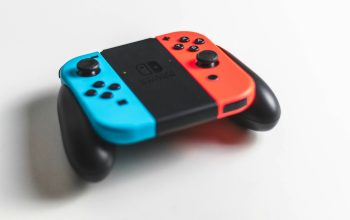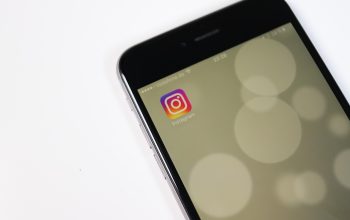Don’t panic if your iPhone camera stops working. Whether it’s a glitch in the software or a hardware-related fault, there are a number of steps you can take to figure out what’s gone wrong and potentially resolve the issue. Instead of stressing, calmly work your way through these troubleshooting tips—many users find a quick fix early on.
These steps apply to newer iPhone models, including the iPhone 16 series.
Quick Fixes to Try First
If your iPhone camera isn’t functioning properly, the first thing to do is go through standard troubleshooting procedures: restart the Camera app, update your iOS software, restart the device itself. If that doesn’t help, more advanced steps such as resetting settings or checking for hardware defects may be required. In the worst-case scenario, you might need to contact Apple Support.
Step 1: Restart Your iPhone
A restart often does wonders for malfunctioning apps or hardware features. It’s the tech support classic for a reason—many minor bugs are cleared when the system reboots.
To restart your iPhone:
-
Hold down the side button and either the volume up or down button at the same time.
-
When the power slider appears, slide to turn off the device.
-
Once it powers down fully, press and hold the side button again until you see the Apple logo.
Step 2: Check the Camera Lenses
Dirty or smudged lenses could interfere with image quality or even functionality. Use a clean microfiber cloth and a specialist screen cleaner to gently wipe both the front and rear lenses. If necessary, a cotton bud can help reach corners and crevices around the lens area.
Step 3: Open the Camera Through a Different App
Try accessing the camera via a third-party app or FaceTime. If it works there but not in the default Camera app, the problem is likely software-related. Restart the app or check for updates. However, if the camera doesn’t work in any app, a hardware issue may be to blame—contacting Apple would be your next logical step.
Step 4: Switch Between Front and Rear Cameras
Sometimes the Camera app may fail to load a specific lens correctly. Try toggling between the front and rear cameras to jump-start it.
To do this:
-
Open the Camera app.
-
Tap the camera switch icon (two circular arrows near the shutter button).
-
Press it a few times and check if the camera begins functioning.
Step 5: Force Close the Camera App
If toggling the cameras doesn’t work, try force closing the app and reopening it.
To do this:
-
Swipe up from the bottom of the screen and pause in the middle.
-
Find the Camera app in the carousel.
-
Swipe it up off the screen.
-
Relaunch the Camera app from the Home Screen.
Step 6: Turn Off VoiceOver
VoiceOver, an accessibility feature in iOS, may occasionally interfere with the camera. Turning it off could help.
To disable VoiceOver:
-
Open Settings.
-
Go to Accessibility.
-
Tap VoiceOver.
-
Turn the toggle off.
Step 7: Update Your iOS Version
Outdated software may be the culprit. iOS updates often include bug fixes, and your camera issue might be resolved with the latest update.
To check for updates:
-
Go to Settings.
-
Tap General.
-
Select Software Update.
-
If an update is available, follow the on-screen instructions to install it.
Step 8: Reset All Settings
If none of the above methods worked, try resetting your iPhone settings. This won’t delete your data (such as photos or music) but will reset system settings like Wi-Fi, location, and privacy configurations.
To reset settings:
-
Open Settings.
-
Tap General.
-
Select Transfer or Reset iPhone.
-
Choose Reset.
-
Tap Reset All Settings and confirm.
If the issue persists after trying all of these methods, it may be time to visit an Apple Store or authorised service provider to check for internal hardware faults.



